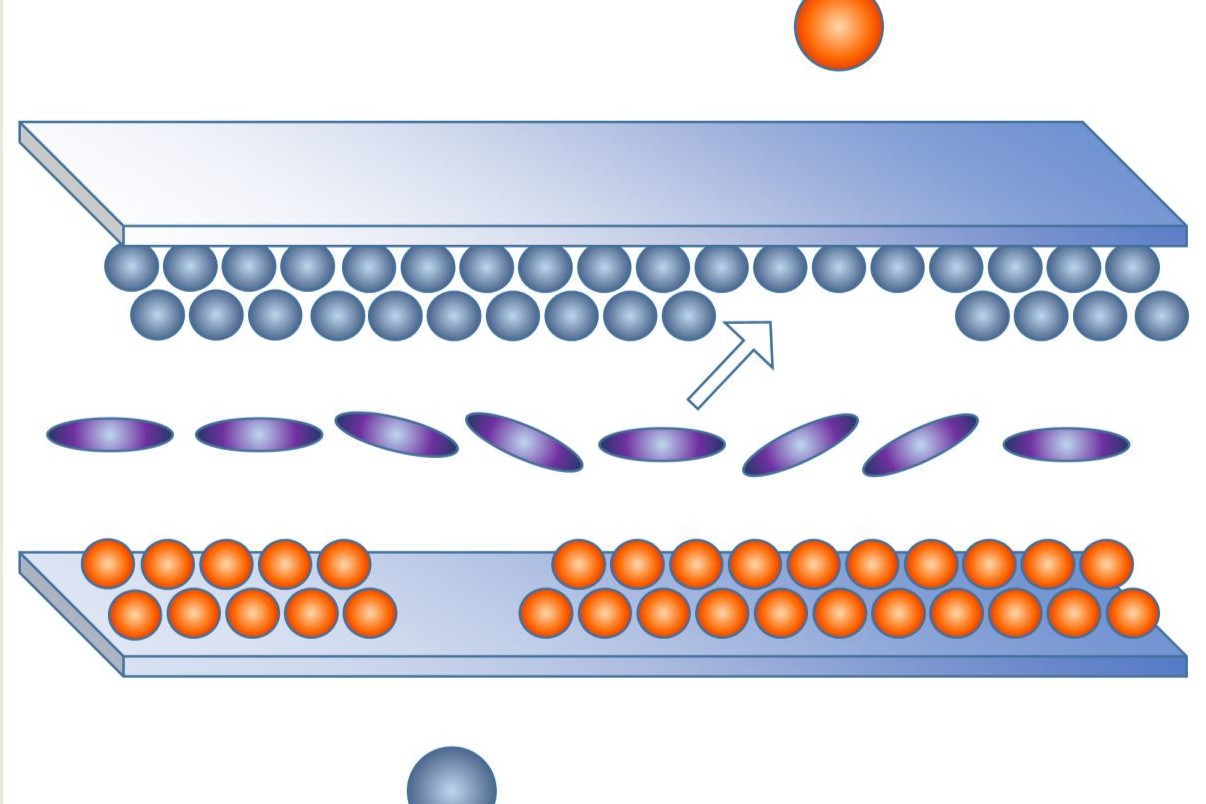
What is the photorefractive effect? The photorefractive effect is a fascinating phenomenon where certain materials change their refractive index when exposed to light. This effect is crucial in various applications, from holography to optical data storage. Imagine a material that can "remember" the light patterns it has been exposed to, creating a sort of optical memory. This ability makes photorefractive materials incredibly useful in advanced technologies. Whether you're a science enthusiast or just curious about how light can alter materials, understanding the photorefractive effect opens up a world of possibilities. Let's dive into 31 intriguing facts about this captivating phenomenon!
What is the Photorefractive Effect?
The photorefractive effect is a fascinating phenomenon in which the refractive index of a material changes in response to light. This effect is widely used in various optical applications, including holography and data storage. Let's dive into some intriguing facts about this unique optical effect.
- The photorefractive effect was first discovered in lithium niobate (LiNbO3) crystals in the 1960s.
- Materials that exhibit the photorefractive effect are known as photorefractive materials.
- Common photorefractive materials include lithium niobate, barium titanate, and strontium barium niobate.
- The effect is caused by the redistribution of charge carriers within the material when exposed to light.
- Photorefractive materials can be used to create dynamic holograms that change in real-time.
- The effect is reversible, meaning the material can return to its original state once the light is removed.
- Photorefractive materials are often used in optical data storage systems due to their ability to store and retrieve information.
- The photorefractive effect can be enhanced by applying an external electric field to the material.
- Photorefractive materials can be used to create adaptive lenses that change their focal length in response to light.
- The effect is highly sensitive to the wavelength of the light used, with different materials responding to different wavelengths.
Applications of the Photorefractive Effect
The photorefractive effect has a wide range of applications in various fields. Here are some interesting facts about how this effect is utilized.
- Photorefractive materials are used in the creation of optical phase conjugate mirrors, which can correct distortions in optical systems.
- The effect is used in the development of optical neural networks, which mimic the function of biological neural networks.
- Photorefractive materials are used in the creation of dynamic holographic displays, which can change in real-time.
- The effect is used in the development of optical sensors that can detect changes in light intensity and wavelength.
- Photorefractive materials are used in the creation of optical switches, which can control the flow of light in optical systems.
- The effect is used in the development of optical amplifiers, which can increase the intensity of light signals.
- Photorefractive materials are used in the creation of optical filters, which can selectively block certain wavelengths of light.
- The effect is used in the development of optical modulators, which can control the amplitude and phase of light signals.
- Photorefractive materials are used in the creation of optical isolators, which prevent the backflow of light in optical systems.
- The effect is used in the development of optical interconnects, which can transfer data between different optical systems.
Advancements in Photorefractive Research
Research into the photorefractive effect continues to advance, leading to new discoveries and applications. Here are some recent developments in this field.
- Researchers have developed new photorefractive materials with improved sensitivity and response times.
- Advances in nanotechnology have led to the creation of photorefractive materials with nanoscale features.
- Researchers are exploring the use of photorefractive materials in quantum computing and communication systems.
- New techniques have been developed to enhance the photorefractive effect using laser beams and other light sources.
- Researchers are investigating the use of photorefractive materials in medical imaging and diagnostics.
- Advances in material science have led to the development of photorefractive polymers, which offer new possibilities for optical applications.
- Researchers are exploring the use of photorefractive materials in the creation of 3D displays and virtual reality systems.
- New methods have been developed to control the photorefractive effect using magnetic fields and other external stimuli.
- Researchers are investigating the use of photorefractive materials in the development of optical computing systems.
- Advances in photorefractive research have led to the creation of new types of optical devices, such as tunable lasers and optical waveguides.
- Researchers are exploring the use of photorefractive materials in the development of advanced optical communication systems, which could revolutionize the way we transmit and receive information.
Final Thoughts on Photorefractive Effects
Photorefractive effects are fascinating. They play a crucial role in various technologies. From holography to optical data storage, these effects are everywhere. They help in creating dynamic holograms and adaptive lenses. This makes them vital for medical imaging and telecommunications.
Understanding these effects can lead to innovations. Scientists and engineers are constantly exploring new applications. This could mean better fiber optic communications or advanced laser systems. The potential is vast.
So, next time you use a device with a laser or fiber optics, remember the photorefractive effect. It's a small but mighty phenomenon shaping our tech-driven world. Keep an eye on this field; it's bound to bring more exciting developments.
Was this page helpful?
Our commitment to delivering trustworthy and engaging content is at the heart of what we do. Each fact on our site is contributed by real users like you, bringing a wealth of diverse insights and information. To ensure the highest standards of accuracy and reliability, our dedicated editors meticulously review each submission. This process guarantees that the facts we share are not only fascinating but also credible. Trust in our commitment to quality and authenticity as you explore and learn with us.
